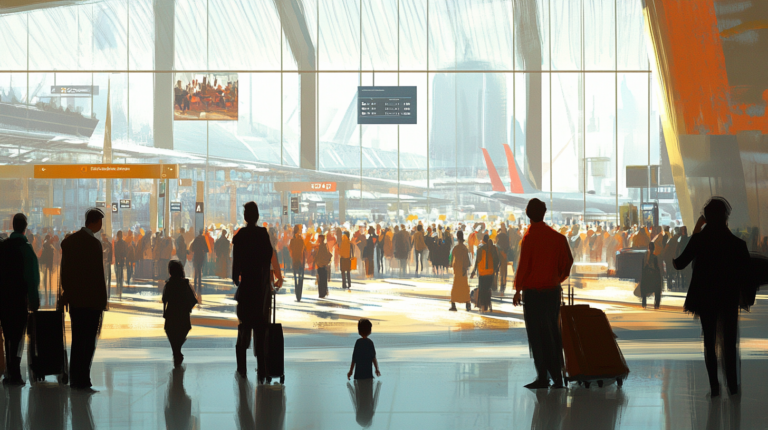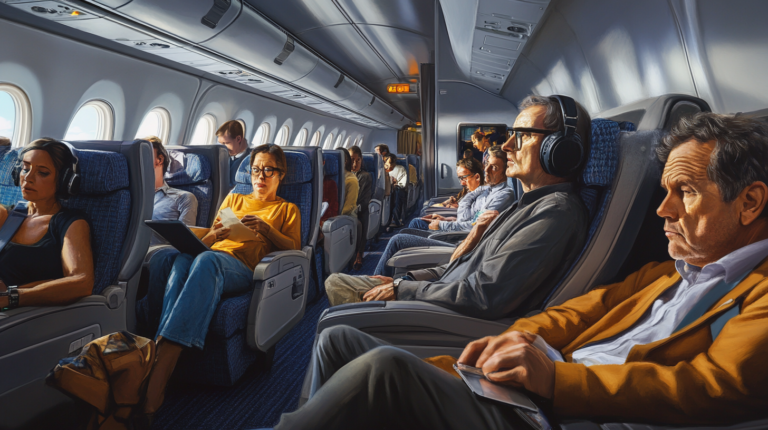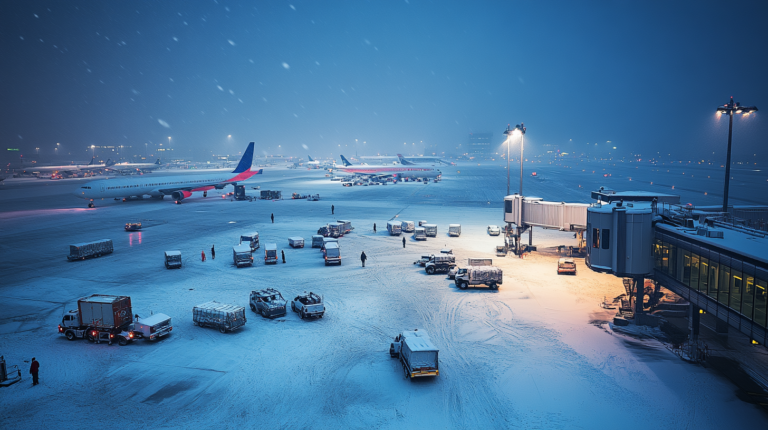Choosing the Best Airport to Fly into New York City

Navigating the bustling airspace of New York City can be a daunting task for even the most seasoned traveler. As one of the world’s most vibrant and populous cities, New York is served by three major airports—John F. Kennedy International Airport (JFK), LaGuardia Airport (LGA), and Newark Liberty International Airport (EWR)—each offering a unique set of advantages and challenges. Whether you’re a tourist eager to explore Times Square, a business traveler with meetings in the Financial District, or visiting friends and family, selecting the best airport to fly into requires careful consideration. This comprehensive guide provides an in-depth look at each airport, helping you make an informed decision tailored to your destination, budget, and travel preferences. For additional insights, consider consulting the Comprehensive Guide to New York City Airports and Transit Options .
John F. Kennedy International Airport (JFK)
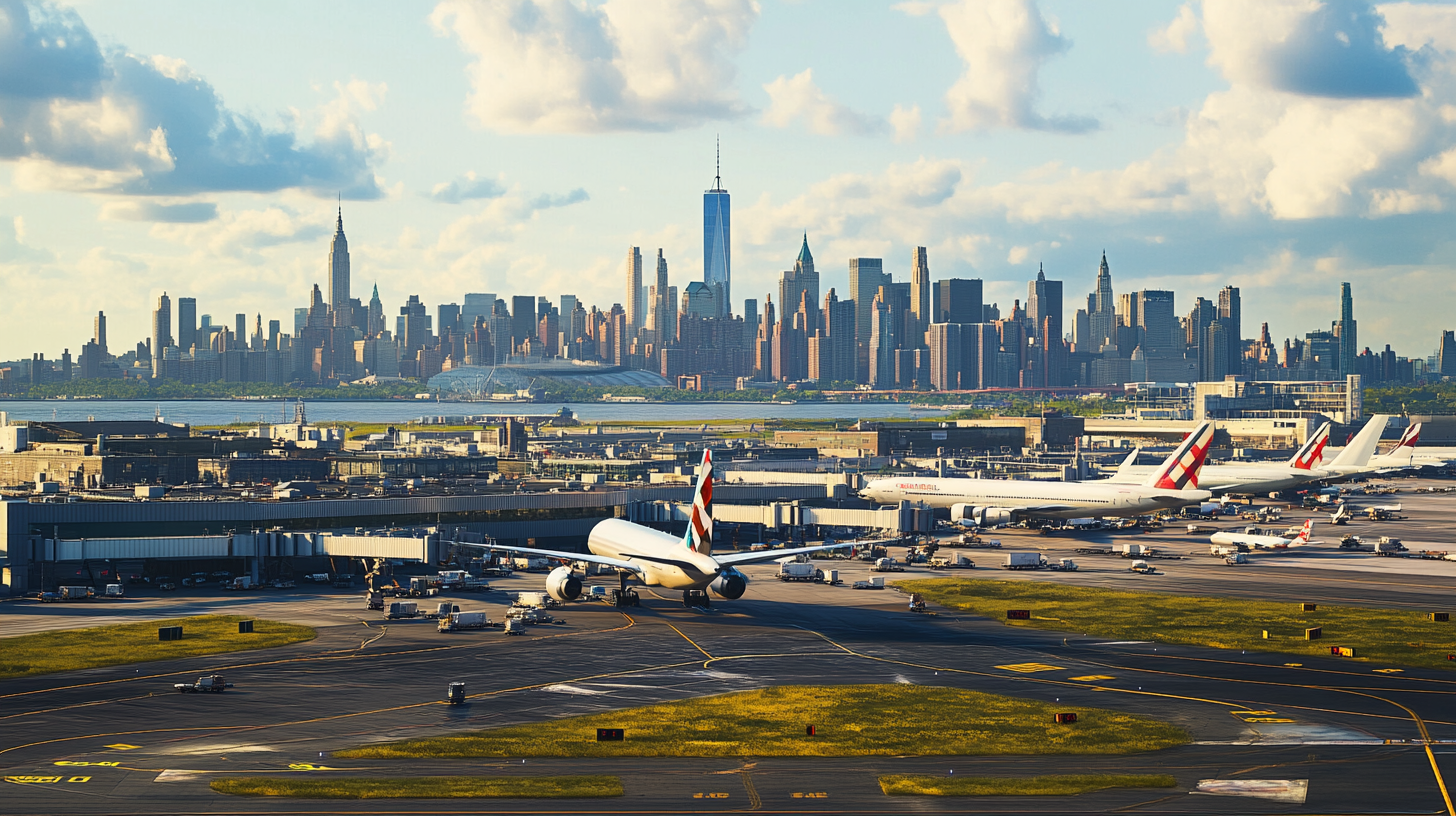
Located in the southeastern part of Queens, John F. Kennedy International Airport is New York City’s busiest airport and a major international gateway. Opened in 1948, it has evolved into a bustling hub that serves as a primary base for airlines like American, Delta, and JetBlue, offering extensive global connections that span six continents. With over 90 airlines operating from its terminals, JFK handles more international traffic than any other airport in North America, making it a pivotal point for global travelers. To explore the vast array of destinations served, you might find the Worldwide Destinations from JFK Airport resource useful.
Pros of Choosing JFK
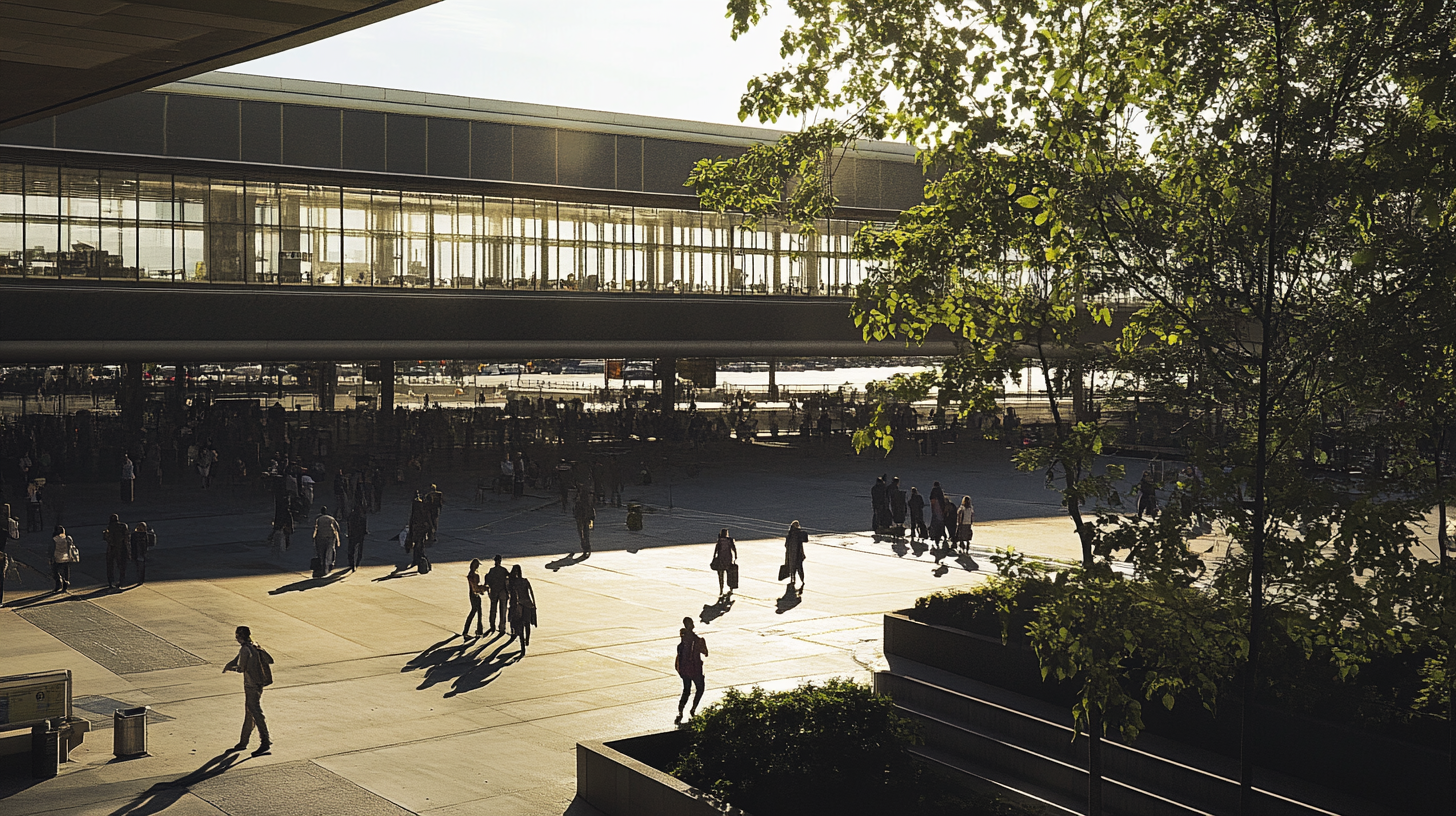
Extensive International Connections: JFK boasts a wide array of international flights, connecting passengers to cities across Europe, Asia, Africa, South America, and beyond. Whether you’re flying direct from London, Tokyo, or Sydney, JFK often provides the most options for international routes. This makes it an ideal choice for travelers arriving from or departing to destinations across the globe, minimizing layovers and simplifying travel plans. For more details on international flight options, see the International Flight Routes from JFK Airport .
Accessible Public Transportation: The airport is well-connected to Manhattan and other boroughs via public transport. The AirTrain links JFK to the New York City Subway and the Long Island Rail Road (LIRR), providing relatively efficient and cost-effective transit options. For instance, you can take the AirTrain to Jamaica Station and transfer to the E subway line, reaching Midtown Manhattan in about an hour. This connectivity is especially beneficial for budget-conscious travelers or those aiming to avoid the unpredictability of city traffic. For a detailed guide on navigating this route, refer to Step-by-Step Directions from JFK to Manhattan Using Public Transit .
Ongoing Renovations: JFK is undergoing a significant $19 billion overhaul aimed at enhancing its facilities, amenities, and overall passenger experience. These improvements include expanding terminal spaces, upgrading technologies, and improving roadways to reduce congestion. Once completed, these developments are set to position JFK among the world’s leading airports, offering travelers state-of-the-art comforts and efficiencies. Keeping updated on these changes can enhance your travel experience; more information is available at JFK Airport Redevelopment Program Details .
Cons of Choosing JFK
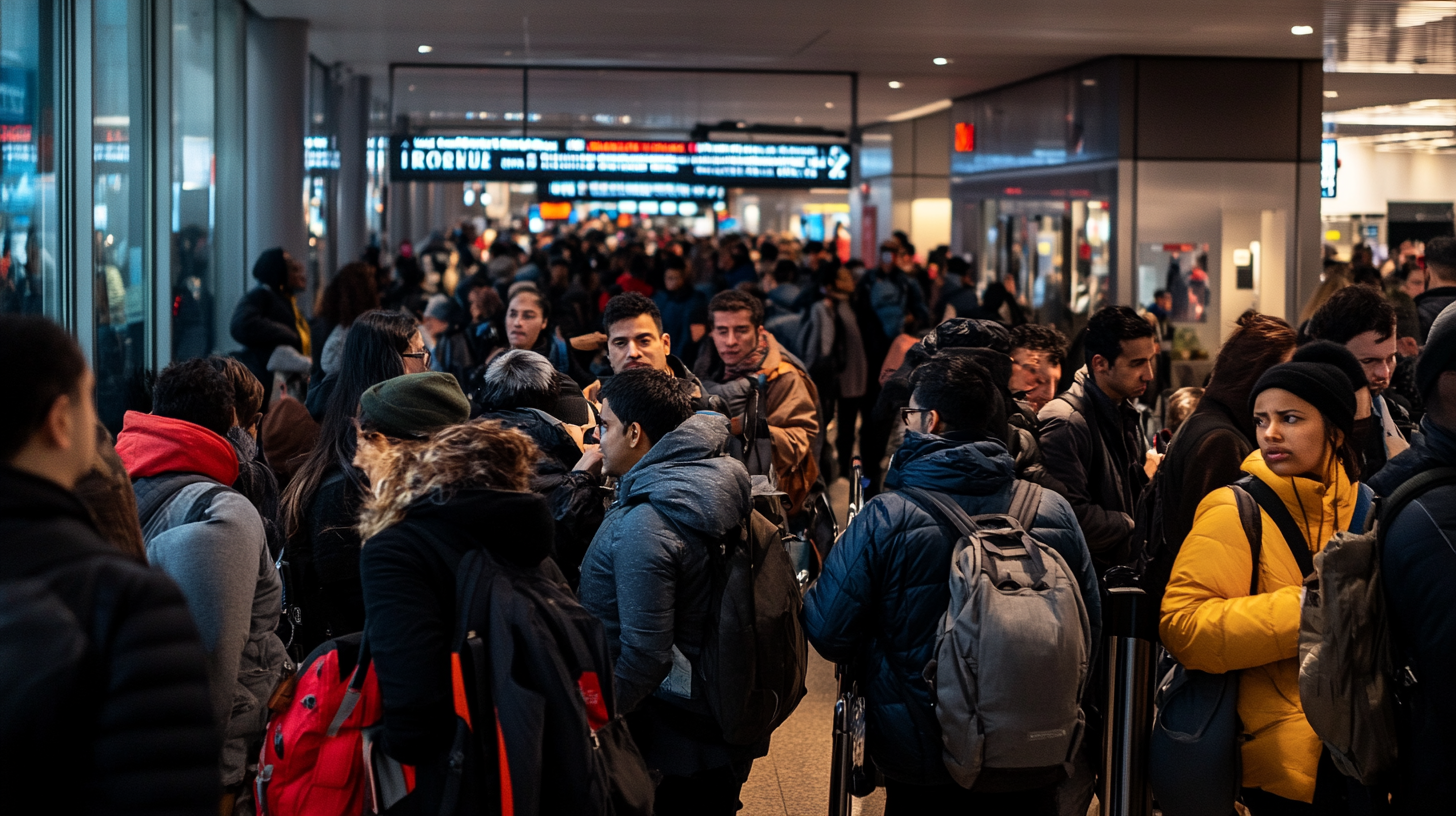
Distance from Manhattan: While public transport is available, the journey to Manhattan can be lengthy, especially during peak hours or if there are service disruptions. Travelers may face a substantial commute compared to other airport options, with travel times ranging from 45 minutes to over an hour. This can be particularly challenging for those with tight schedules or after long-haul flights. Understanding the travel logistics beforehand can help; consider reviewing the Travel Times and Options from JFK to Manhattan for planning purposes.
High Traffic and Delays: As one of the busiest airports in the country, JFK often experiences delays due to air traffic congestion, especially during peak travel seasons like holidays. Weather conditions, such as heavy rain or snow, can exacerbate these delays. Punctuality can be a concern, potentially impacting tight itineraries or connecting flights. Travelers are advised to monitor flight statuses closely and allow extra time in their schedules. For real-time updates, the Live JFK Airport Flight Status Tracker can be a valuable tool.
Costly Taxi Rides: Cab fares from JFK to Manhattan can be expensive, with flat rates typically around $70 before tolls and tips. This can add significantly to your travel costs if public transportation is not preferred or available. Ride-sharing services may offer alternatives but can still incur high fees, especially during surge pricing periods. For cost-effective alternatives, you might explore the Affordable Transportation Options from JFK Airport .
LaGuardia Airport (LGA)

Situated closer to Manhattan in the borough of Queens, LaGuardia Airport has recently undergone extensive renovations, transforming it into one of the top domestic airports in the United States. Opened in 1939, LaGuardia has a rich history and now features modern terminals, improved amenities, and enhanced passenger experiences. The airport primarily handles domestic flights, serving as a key hub for travelers within the United States. For an overview of the new features, you can visit LaGuardia Airport’s Renovation Highlights .
Pros of Choosing LaGuardia

Proximity to Manhattan: LGA’s location makes it the closest airport to Manhattan, significantly reducing travel time to and from the city center. In light traffic, a taxi or car service can reach Midtown Manhattan in as little as 20 minutes. This proximity is particularly advantageous for business travelers with appointments in the city or tourists keen to start their exploration without delay. For suggestions on the quickest routes, refer to Fastest Ways to Get from LaGuardia to Manhattan .
Modern Facilities: The airport’s recent award-winning enhancements have introduced state-of-the-art terminals, spacious waiting areas, upgraded dining options, and improved signage for easier navigation. Travelers can enjoy amenities such as free high-speed Wi-Fi, charging stations, and a variety of retail shops. These improvements have elevated the airport’s reputation, making the travel experience more pleasant and efficient. For a detailed look at the new facilities, check out LaGuardia Airport’s New Terminal Features .
Ideal for Domestic Flights: LGA primarily serves domestic routes, making it a convenient choice for travelers flying within the United States. Airlines like Delta and American Airlines operate frequent flights to and from major cities nationwide. For those planning regional trips or looking for short-haul flight options, LaGuardia offers a range of schedules to suit different needs. To explore available routes, see Domestic Flight Options at LaGuardia Airport .
Cons of Choosing LaGuardia
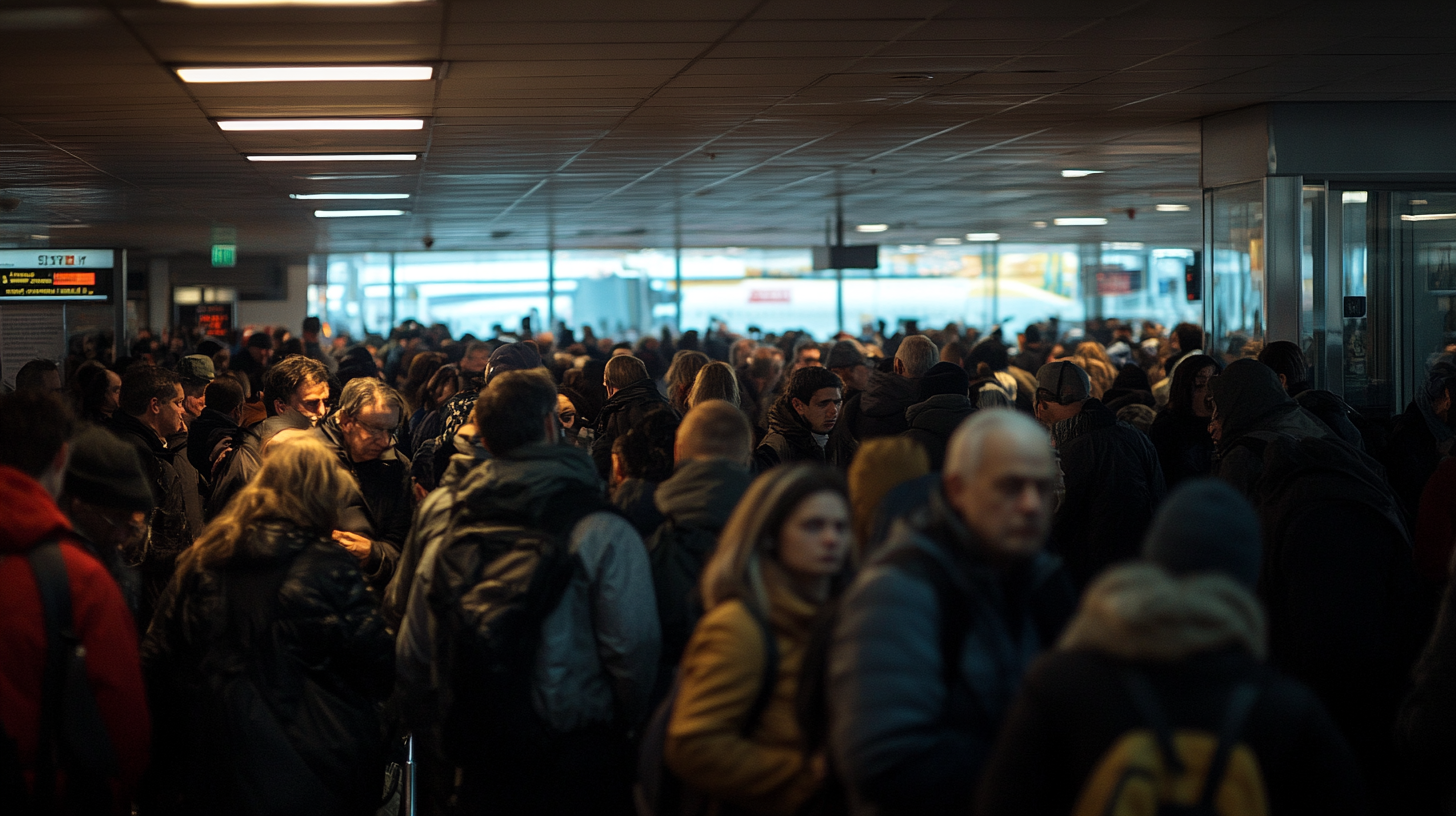
Lack of Direct Subway Access: Unlike JFK, LaGuardia does not have a direct subway or train connection. Travelers must rely on buses, taxis, or ride-sharing services, which can be less convenient and potentially more expensive, especially during peak hours. The M60 SBS bus connects the airport to Harlem, where passengers can transfer to the subway, but this option may involve additional transfers and time. For guidance on navigating public transit from LGA, refer to Public Transportation Options from LaGuardia Airport .
Limited International Flights: Due to a perimeter rule restricting flights over 1,500 miles (with some exceptions), LGA offers limited international routes. Travelers needing worldwide connections may find options limited compared to JFK or Newark. This can necessitate transfers at other airports, adding complexity to travel plans. If international travel is a priority, reviewing the Comparison of International Flights from NYC Airports may help in choosing the best airport.
Traffic Congestion: The airport’s closer proximity to the city means it is more susceptible to road traffic delays, especially during peak hours or major events. Construction projects in the vicinity can also impact travel times. Travelers relying on road transportation should account for potential delays and consider checking real-time traffic updates. For tips on avoiding congestion, see Strategies for Navigating Traffic to LaGuardia Airport .
Newark Liberty International Airport (EWR)
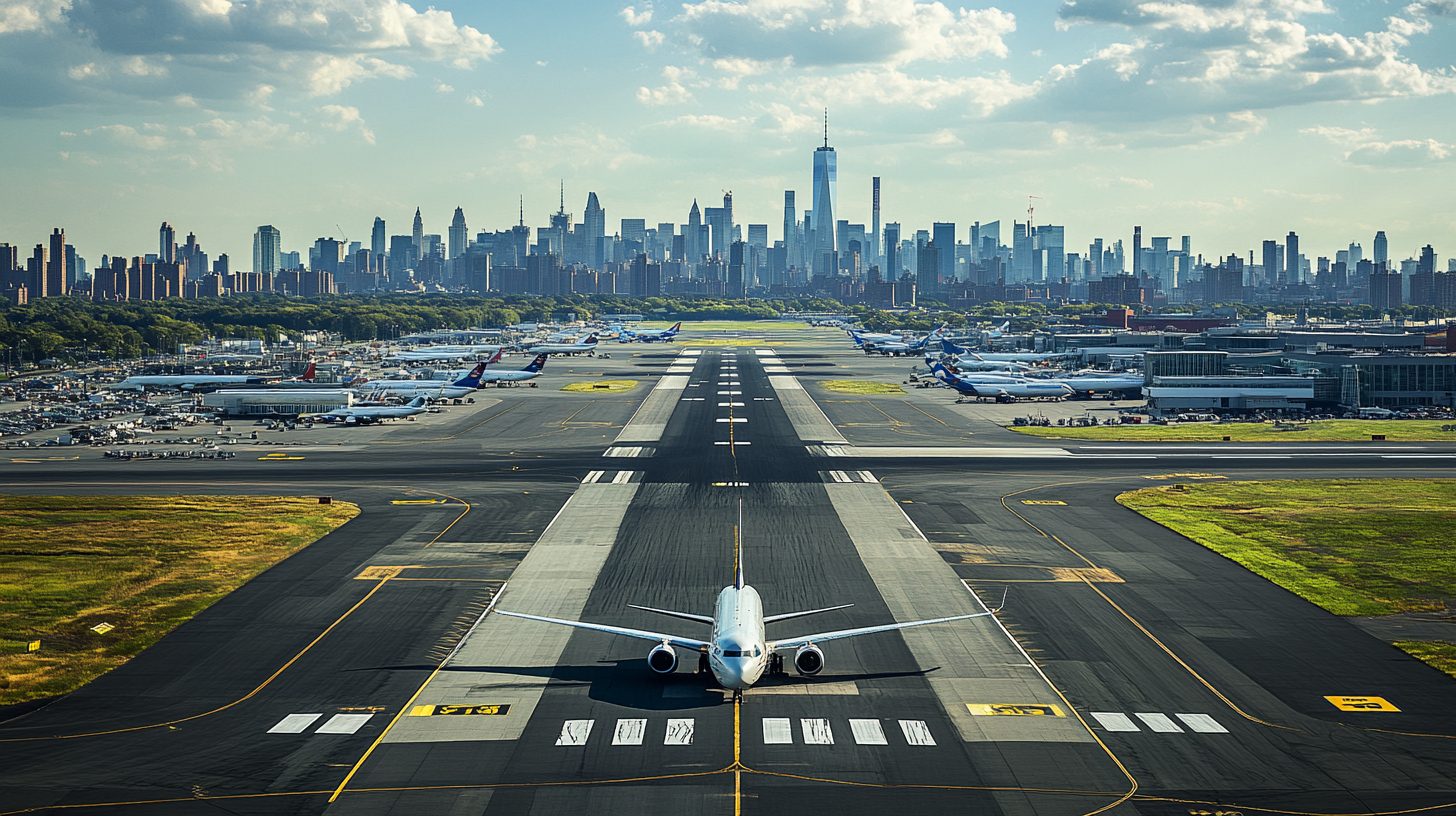
Located across the Hudson River in Newark, New Jersey, EWR is a major hub for United Airlines and offers a mix of domestic and international flights. Established in 1928, it was the first major airport in the New York metropolitan area and has grown to become a significant player in air travel. Newark often serves as an alternative to JFK for international travelers and is known for its efficiency in handling traffic. For passengers loyal to United Airlines or the Star Alliance network, Newark provides numerous options. Additional information can be found at Airlines Operating from Newark Airport .
Pros of Choosing Newark
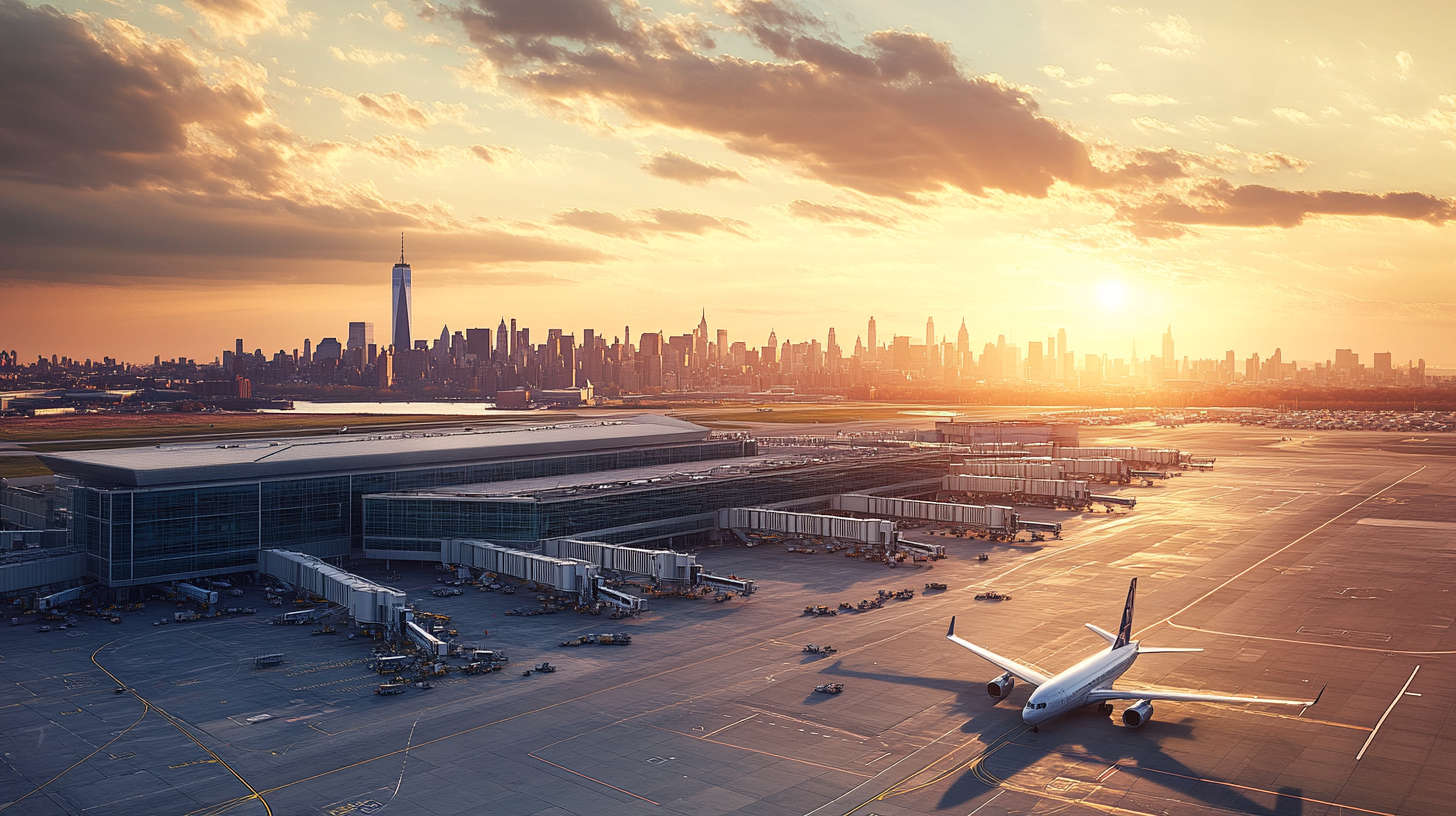
Easy Transit via NJ Transit: Newark is well-connected to Manhattan through NJ Transit trains and Amtrak services, providing a relatively straightforward and efficient journey to the city. From the airport’s dedicated train station, travelers can reach Penn Station in Midtown Manhattan in under 30 minutes. This option can be faster than commuting from JFK or LGA, especially during rush hours. For schedules and ticketing information, consult the Guide to NJ Transit from Newark Airport to Manhattan .
International Flight Options: As a hub for United Airlines and Star Alliance members, EWR offers numerous international flights, catering to travelers from Europe, Asia, and other global destinations. The airport provides direct services to cities like London, Paris, Mumbai, and Tel Aviv. For those seeking flights with fewer stopovers and varied departure times, Newark can be an advantageous choice. A full list of international destinations is available at International Destinations Served by Newark Airport .
Recent Terminal Upgrades: Newark has introduced a new Terminal A, enhancing passenger facilities and aiming to improve the overall travel experience. The upgraded terminal features modern design elements, expanded dining and shopping options, and advanced technology for smoother security and boarding processes. These improvements aim to reduce wait times and increase comfort for travelers. For a tour of the new terminal features, see New Terminal A at Newark Airport Highlights .
Cons of Choosing Newark
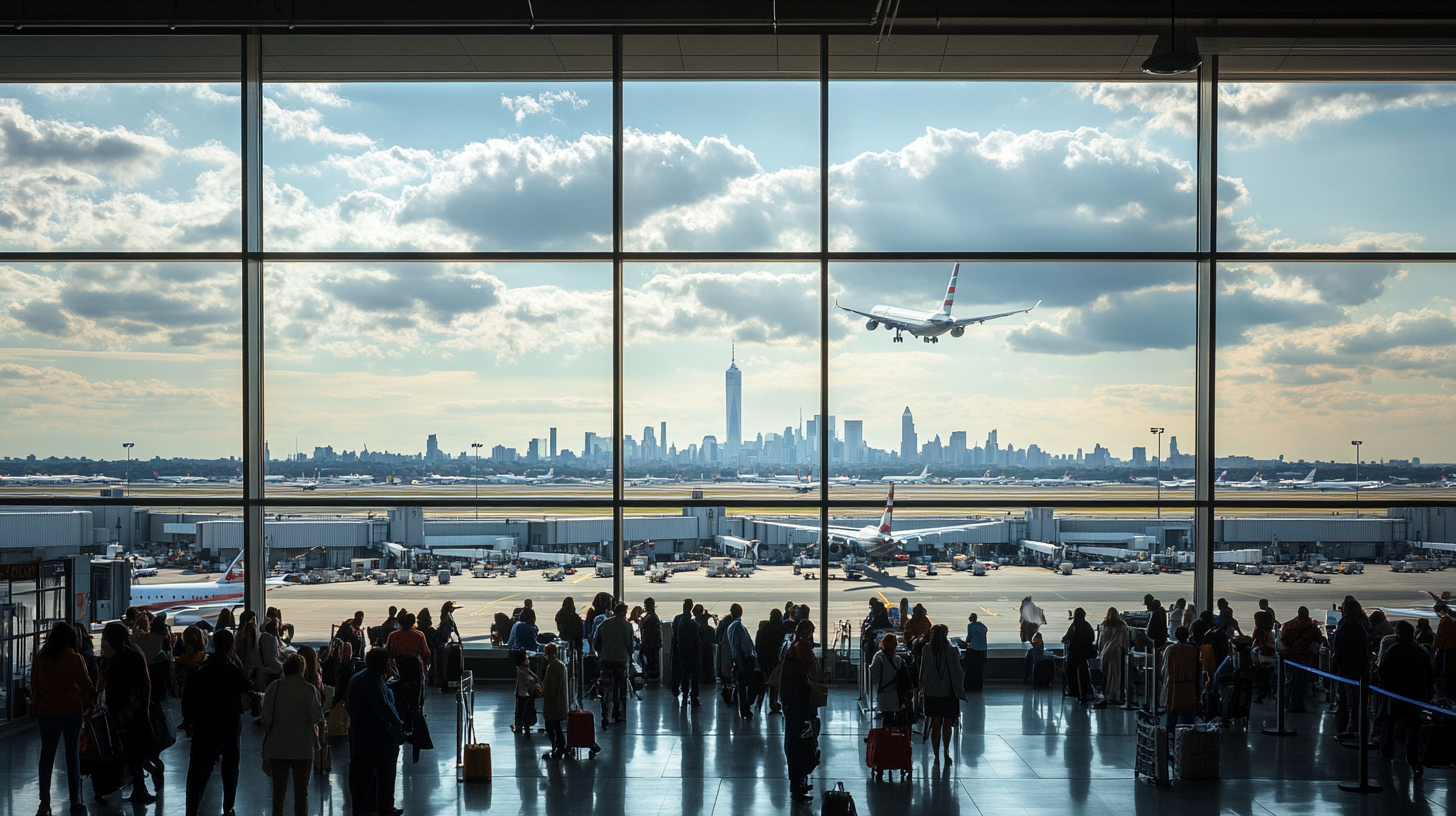
Out-of-State Location: Being situated in New Jersey, Newark may not be the most convenient option for those whose final destination is in certain parts of New York City, particularly the outer boroughs like Brooklyn or Queens. The psychological aspect of crossing state lines can also make some travelers feel disconnected from their destination. Additionally, if your accommodations are not in close proximity to transit hubs, the commute can be more complex. For assistance in planning your route, refer to Traveling from Newark Airport to Various NYC Boroughs .
Higher Transportation Costs: While flights into EWR may be cheaper, the cost of transportation to Manhattan can be higher, potentially negating any airfare savings. Train tickets on NJ Transit or Amtrak are generally more expensive than subway fares from JFK, and taxi or ride-sharing services can incur substantial fees due to tolls and distance. It’s important to factor in these costs when budgeting; for a cost comparison, see Cost Analysis of Airport Transfers from Newark vs. JFK .
Complex Navigation: For travelers unfamiliar with the area, navigating from Newark into New York City can be more complicated due to the interstate commute. Understanding the train schedules, transfer points, and ticketing systems may require additional effort, especially for international visitors. Language barriers and fatigue after a long flight can exacerbate these challenges. Preparing in advance by reviewing the Step-by-Step Guide to Navigating from Newark Airport to NYC can ease this process.
Factors to Consider When Choosing an Airport
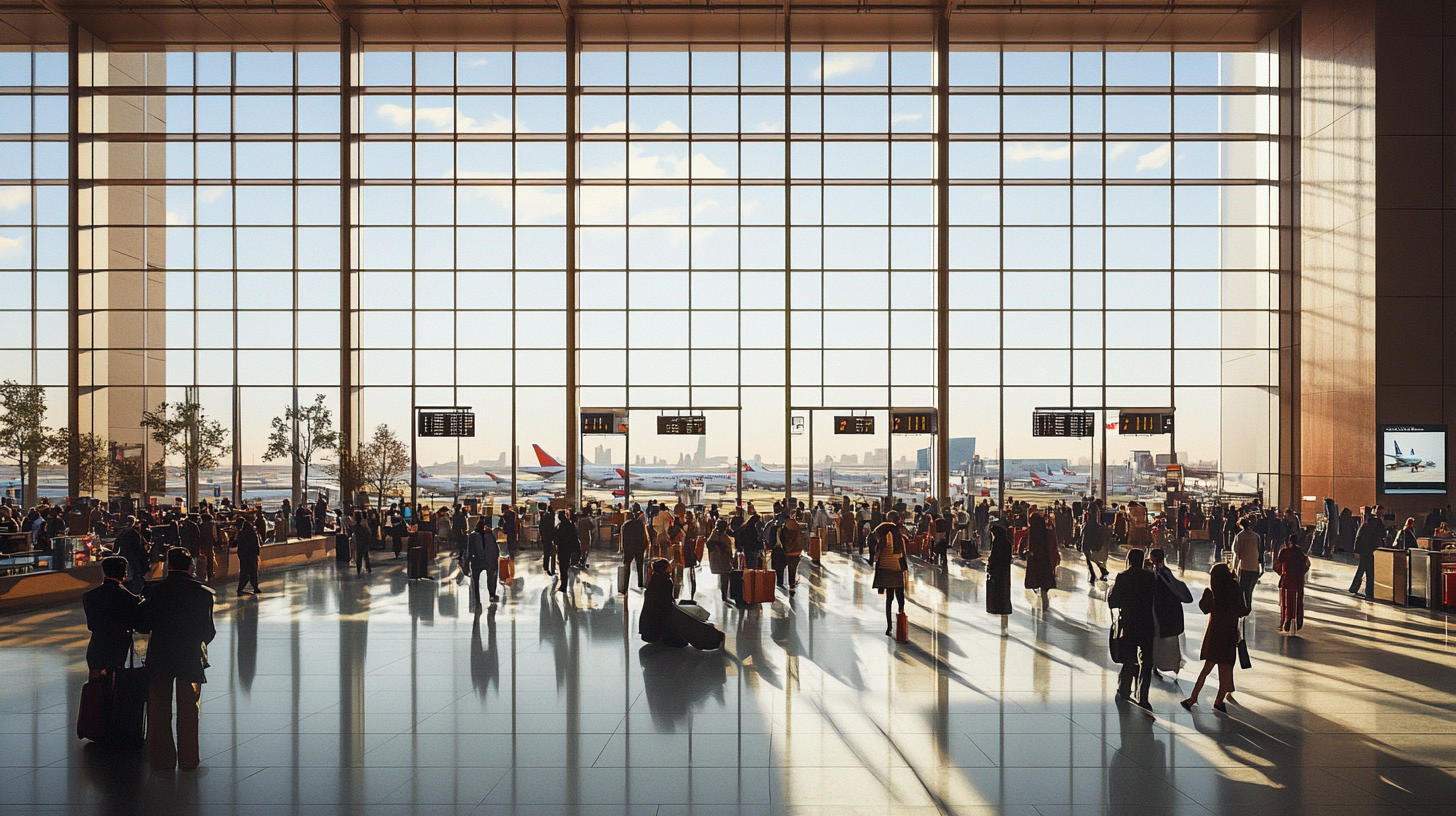
Selecting the best airport involves evaluating several key factors, ensuring that your individual needs and circumstances are met:
- Destination within NYC: If you’re heading to Brooklyn or Queens, JFK or LaGuardia may offer more convenient options due to their locations within those boroughs. For destinations in Manhattan, all three airports are viable, but proximity and transit options vary. Consider the location of your hotel or final destination when choosing. The New York City Neighborhoods and Airport Proximity Guide may assist in this assessment.
- Flight Availability and Airline Preferences: Your choice of airline and the availability of flights can influence your decision. For example, United Airlines passengers might prefer Newark, while those flying JetBlue might opt for JFK. Additionally, flight schedules, frequency, and potential for delays should be considered. For an airline-specific airport guide, visit Airlines and Their Primary NYC Airports .
- Budget Considerations: Weigh the cost of airfare against transportation expenses. Cheaper flights into Newark might be offset by higher costs to reach your accommodation. Conversely, more expensive flights into LaGuardia could result in savings on ground transportation. A thorough budget analysis can be conducted using the Comprehensive Cost Comparison for NYC Airport Travel .
- Transit Options and Accessibility: Consider the ease of getting to and from the airport. JFK offers public transportation links, while LaGuardia and Newark may require alternative arrangements. Accessibility for travelers with disabilities or those requiring special assistance should also be evaluated. Resources like Accessibility Services at New York City Airports provide valuable information.
- Travel Time and Convenience: Factor in the time it takes to reach your final destination from the airport, especially if time is a critical component of your trip. Early morning meetings or late-night arrivals may influence your choice based on airport operating hours and transit availability. The Average Travel Times from NYC Airports to Major Destinations can provide specific insights.
Tips for Navigating New York City’s Airports
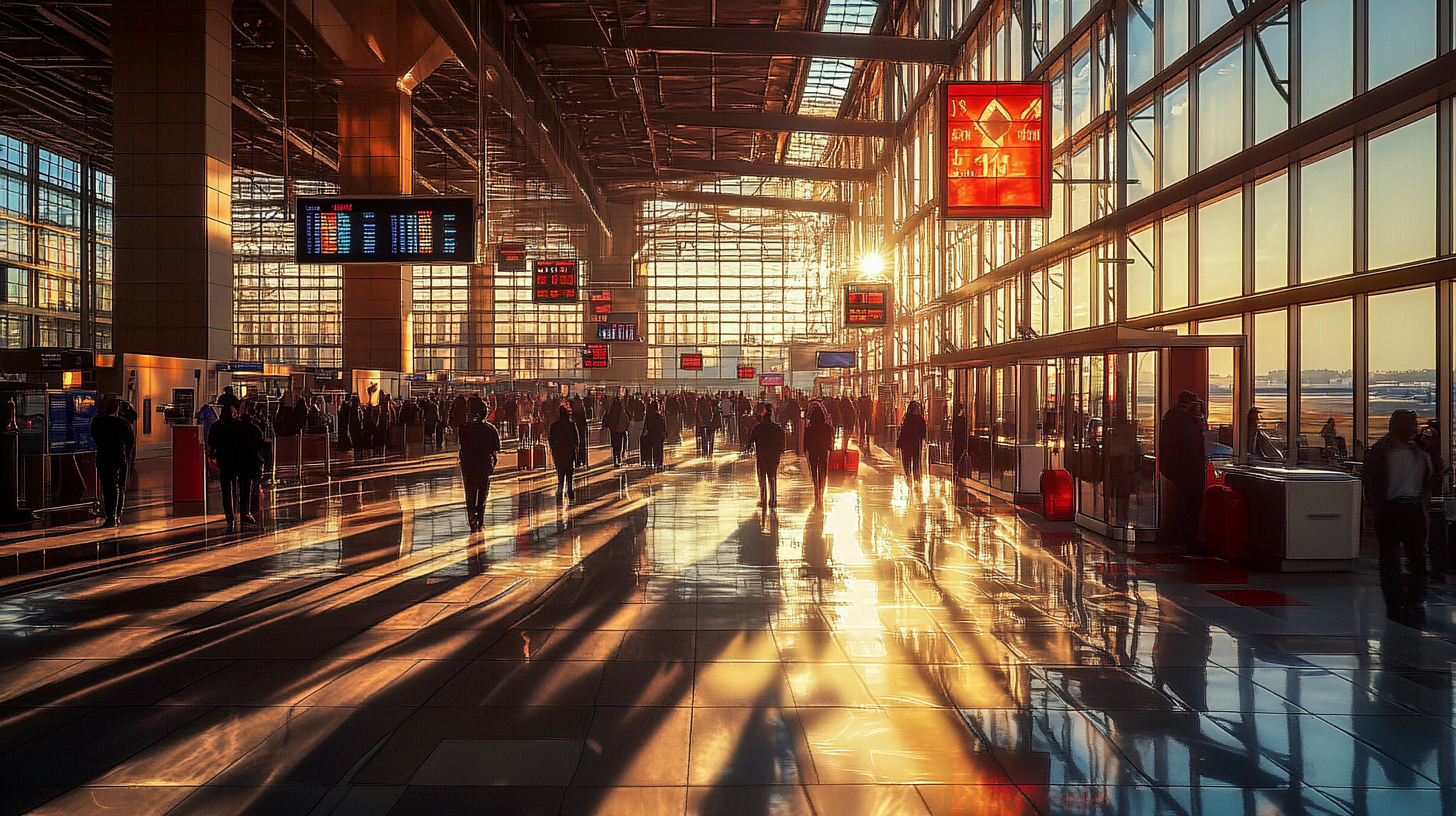
Regardless of the airport you choose, here are some tips to enhance your travel experience, ensuring a smooth and stress-free journey:
- Plan Ahead: Research transportation options in advance. Knowing the schedule and routes of trains, buses, or shuttles can save time and reduce stress. Booking tickets ahead of time, when possible, can also expedite your transit. Useful planning tools can be found at Transportation Planning Resources for NYC Travelers .
- Travel Light: Navigating public transportation systems is easier with minimal luggage. Consider using a carry-on backpack or a suitcase with smooth-rolling wheels to streamline your journey. For packing strategies, see Efficient Packing Tips for Air Travel .
- Consider Traffic Patterns: If you’re relying on road transport, be mindful of peak traffic times in New York City to avoid delays. Rush hours typically occur from 7–10 AM and 4–7 PM on weekdays. Utilizing apps that provide real-time traffic updates can help adjust your departure times accordingly. For recommended apps, refer to Top Traffic and Transit Apps for NYC Commuters .
- Check Terminal Facilities: Each airport offers different amenities. If lounge access, dining options, or specific services are important, investigate what’s available at your chosen airport. Some terminals feature local eateries showcasing New York’s culinary scene, while others offer spas and rest zones. Details can be found at Amenities and Services at NYC Airports .
- Stay Updated on Renovations: Ongoing construction at JFK and LaGuardia may affect transit times and access. Stay informed about any potential disruptions by checking official airport websites or news outlets before your trip. Subscribing to travel alerts through airlines or airport apps can provide real-time updates. For the latest information, see Current Construction Updates at New York Airports .
Final Thoughts
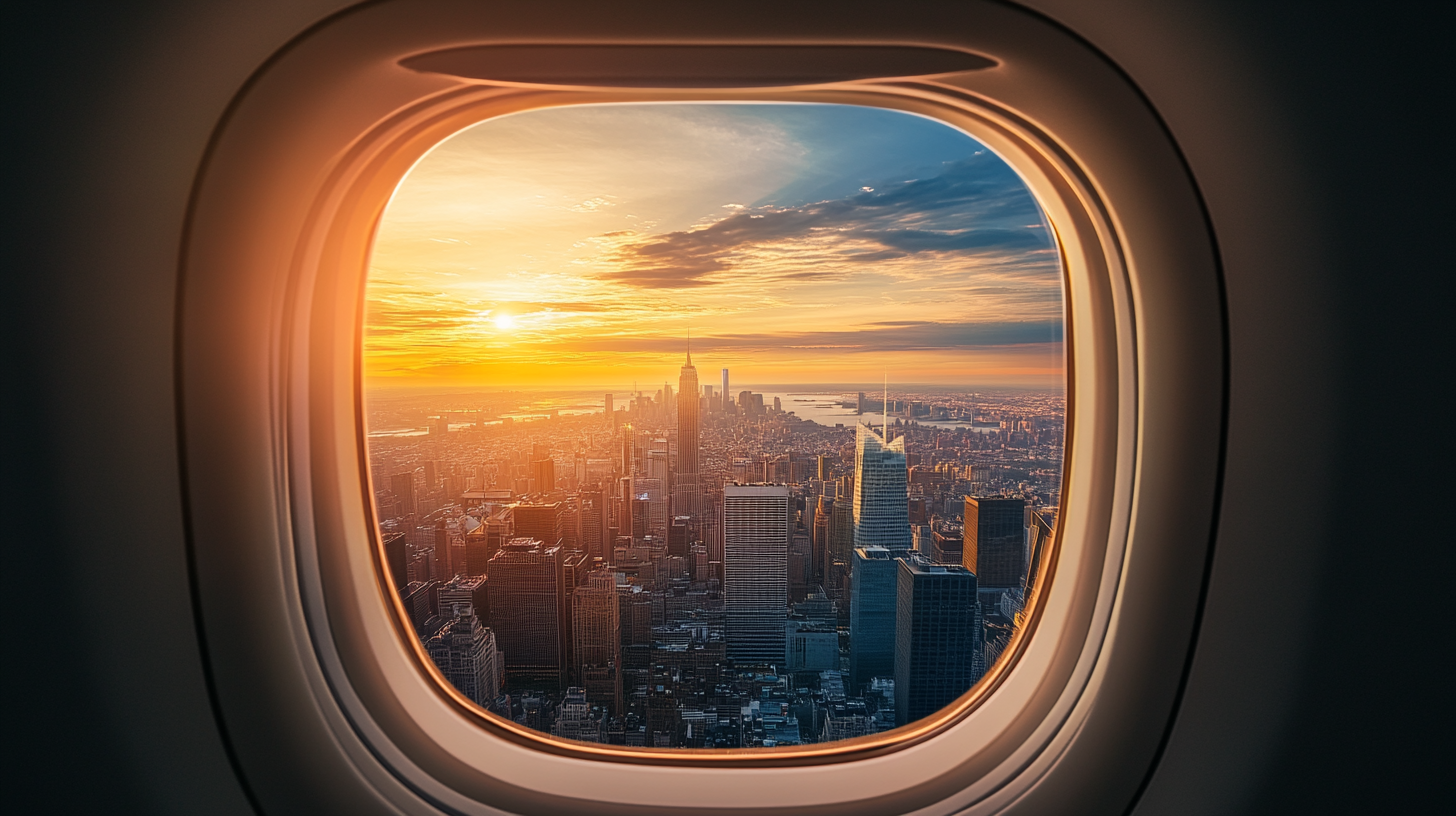
Choosing the best airport to fly into New York City depends on a combination of factors unique to your travel needs. By evaluating the considerations outlined in this guide—such as destination proximity, flight availability, budget constraints, and transit options—you can select an airport that aligns with your priorities. Whether you prioritize international flight options at JFK, the proximity of LaGuardia, or the efficient transit links from Newark, understanding the strengths and weaknesses of each airport ensures a smoother arrival and departure experience.
Follow us back to Seat 5A for more travel insights and tips. Utilize resources like the Ultimate Checklist for Flying into New York City to further plan your trip. By aligning your preferences with the insights provided, you can optimize your journey and make the most of your time in the vibrant city of New York.


